A new web-based tool developed by The Alliance for Safe Biologic Medicines (ASBM) could help biopharmaceutical companies name their biosimilars and other biologic products. The ASBM says that the tool, named SuffixAudit, will incorporate FDA and WHO naming standards to ensure companies are compliant.
As more biosimilars – copycat versions of biologic drugs – are approved by the FDA and international regulators, the authorities have set up naming conventions to help differentiate the biosimilar from its branded counterpart. Unlike generic drugs which are chemically identical to their reference product, biosimilars are complex molecules that are highly similar to their biologic, with some chemical differences.
“The distinct naming of all biologics, including biosimilars, allows regulators to accurately track products, ensure their continued safety and efficacy, and attribute any adverse events to the correct product,” said Michael Reilly, executive director of ASBM.
Both the FDA and WHO have proposed that biosimilars makers append a nonsensical four-letter suffix to the name of the innovator medicine. For example, the biologic name of Johnson & Johnson’s Chron’s disease drug Remicade, is infliximab. Three Remicade biosimilars have since been approved by the FDA, which have been named infliximab-dyyb, infliximab-abda and infliximab-qbtx. These systems could allow regulatory authorities to track and identify biologics and their biosimilars, the two proposed guidelines are inherently different, making it difficult for makers of biosimilars to be compliant with both.
That’s where ASBM’s SuffixAudit comes in. Users enter a proposed suffix into the tool, which compares it to a regularly-updated list of medical and pharmaceutical terms, stock symbols and other words and combinations of letters that would go against the FDA and WHO guidelines. The WHO Biological Qualifier (BQ) system also requires that biologically active products be labeled with a unique identifier, so the SuffixAudit tool can also encode suffixes with a 32-bit ‘checksum’ to protect against inadvertent substitution of the biologic.
“SuffixAudit allows a manufacturer or regulator to quickly test a potential suffix against the FDA established naming rules for biologics, the WHO’s proposed BQ standard, or both, as regulators continue their work to harmonize naming globally,” said Dr. Jeff Jones, an ASBM Advisory Board member and chief architect of the tool.
ASBM plans to make the biologics and biosimilar naming tool available to both biopharmaceutical manufacturers and regulators.
“SuffixAudit represents the next generation in biologic naming compliance and will help to streamline the implementation of this approach in any region wishing to pursue distinguishable names,” said Reilly. “Manufacturers and regulators will be able to name biologics and biosimilars with confidence, ensuring clear product identification regardless of which of the two suffix systems is ultimately adopted as the global standard. ASBM looks forward to meeting with regulators in coming months to offer SuffixAudit as an aid to implementation of distinct naming and to international harmonization.”


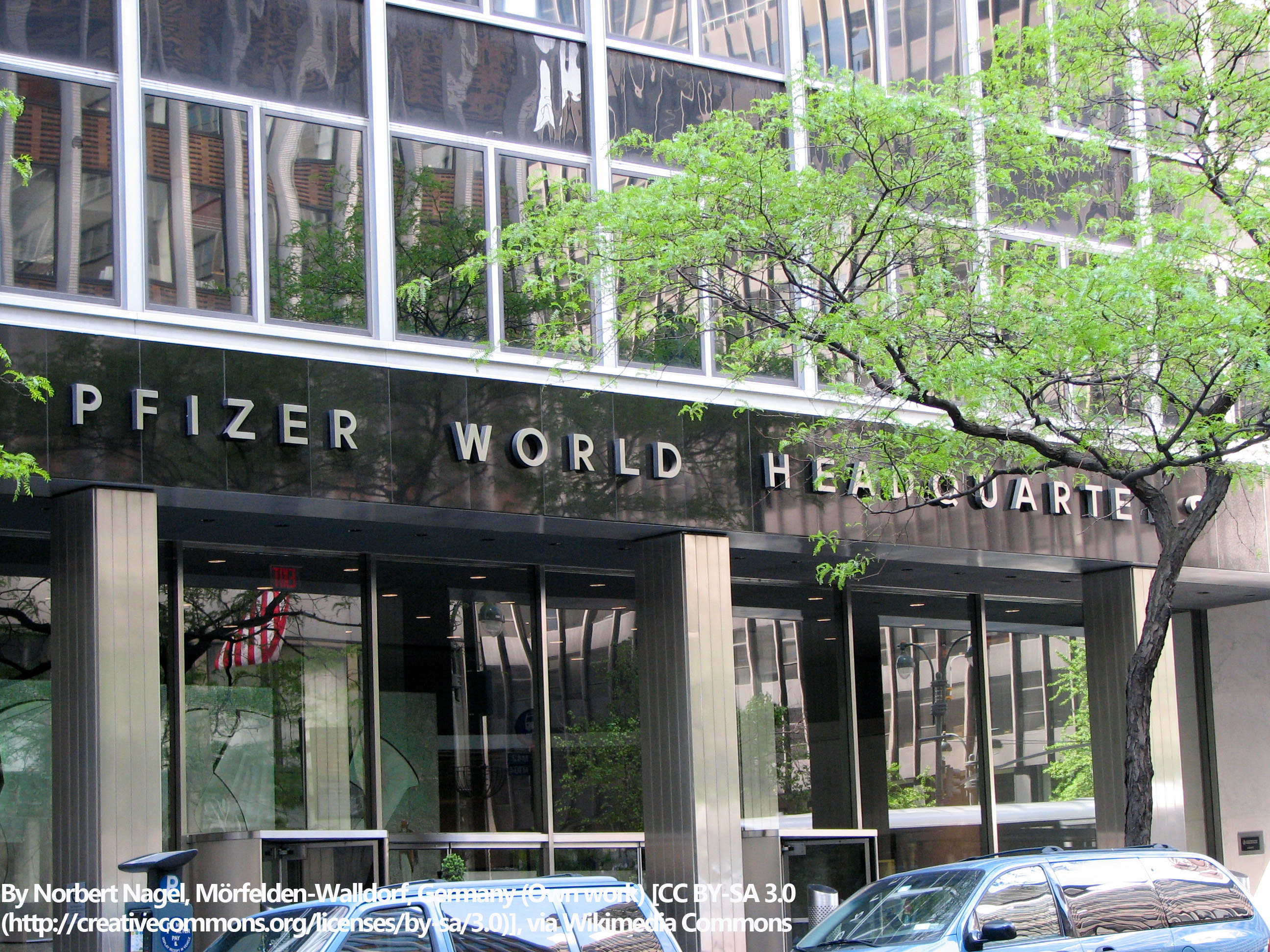
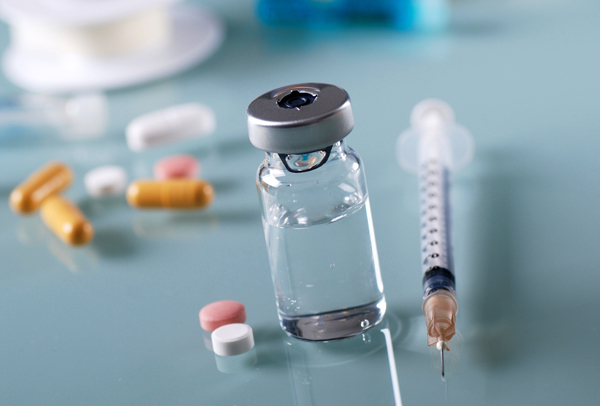
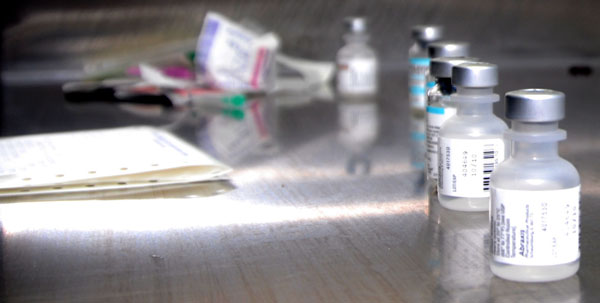
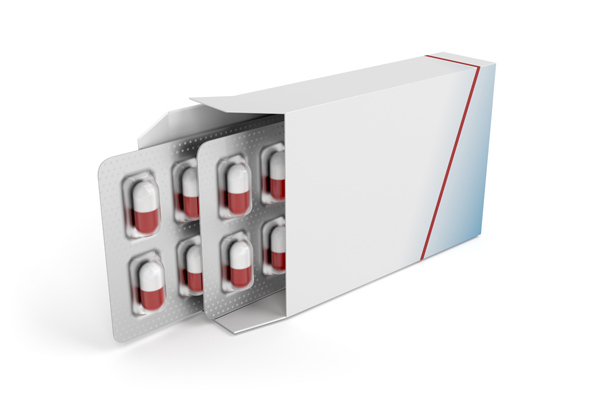

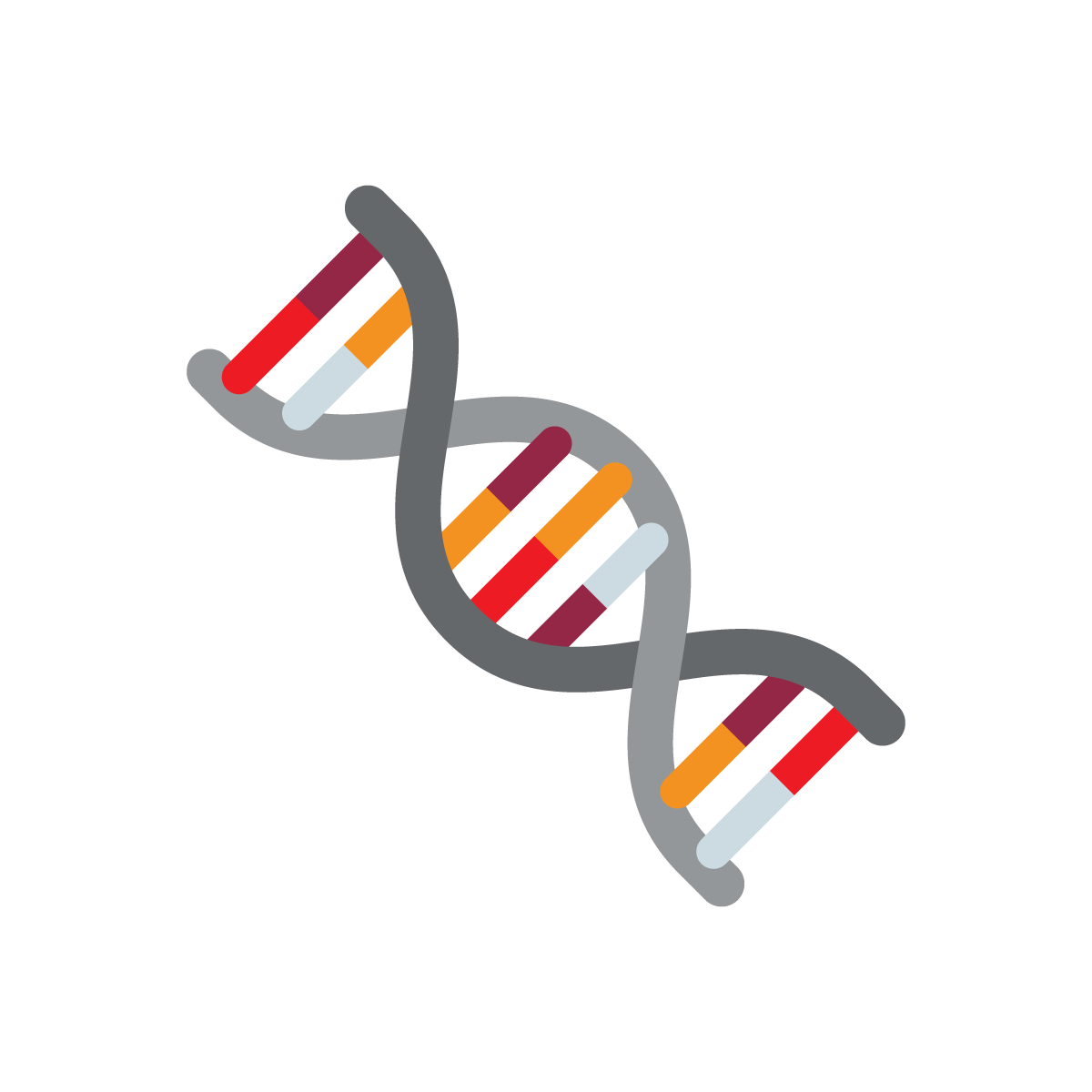

Join or login to leave a comment
JOIN LOGIN